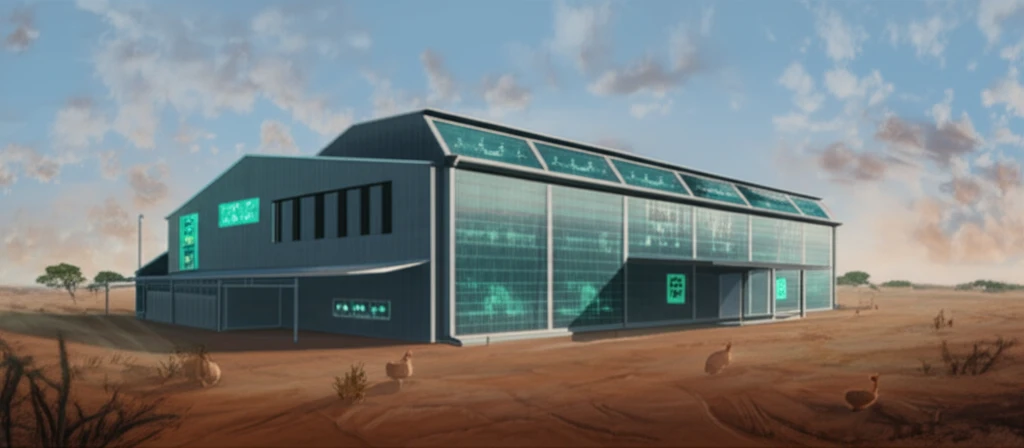
Poultry Farming in Brazil: How to Keep Your Birds Comfortable and Productive
"Discover the secrets to optimizing thermal comfort and air quality in broiler houses, ensuring the health and productivity of your flock in Brazil's challenging climate."
Maintaining optimal environmental conditions in poultry houses is crucial for the health, welfare, and productivity of broiler chickens. In Brazil, particularly in the semi-arid regions, the challenges of high temperatures and variable air quality demand careful attention to thermal comfort and gas concentrations within these facilities.
Recent research has focused on understanding and mitigating the impacts of these environmental stressors on commercial broiler performance. Studies conducted in Paraiba, a state within Brazil's semi-arid region, have examined the effectiveness of different housing designs and management practices in creating a more comfortable and healthier environment for poultry.
This article delves into the key findings of these studies, providing practical insights and recommendations for poultry farmers seeking to optimize their operations. By understanding the specific challenges posed by the Brazilian climate and implementing appropriate strategies, producers can enhance the well-being of their flocks and improve overall productivity.
Understanding Thermal Comfort in Broiler Houses

Thermal comfort refers to the range of environmental conditions in which birds can maintain their body temperature without expending excessive energy. In the context of broiler houses, this involves managing factors such as ambient temperature (AT), relative humidity (RH), and air movement to create an environment that supports optimal growth and health.
- Temperature Considerations: Studies have shown that average daily temperatures (AT) and relative humidity (RH) often exceed the recommended comfort zone for broiler chickens in semi-arid regions.
- Water Temperature: Water temperature (Twater) consistently remains above the ideal threshold.
- Housing Materials: Poultry houses that are covered with ceramic and fibrous cement exhibit no significant differences.
Future Strategies for Brazilian Poultry Farming
While the studies discussed indicate that current production indices remain within acceptable levels for the Brazilian poultry industry, it is clear that further improvements are both possible and necessary. Implementing more advanced climate control systems, refining management practices, and continuing research into the specific needs of broiler chickens in the Brazilian environment will be crucial for sustaining and enhancing the industry's competitiveness and animal welfare standards.
